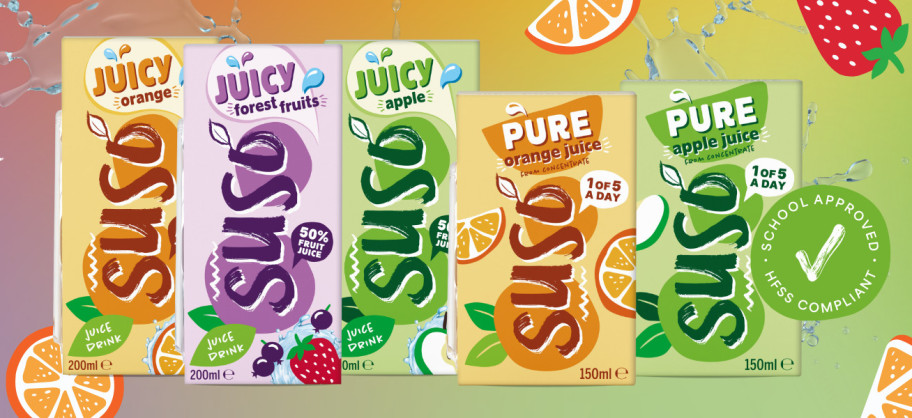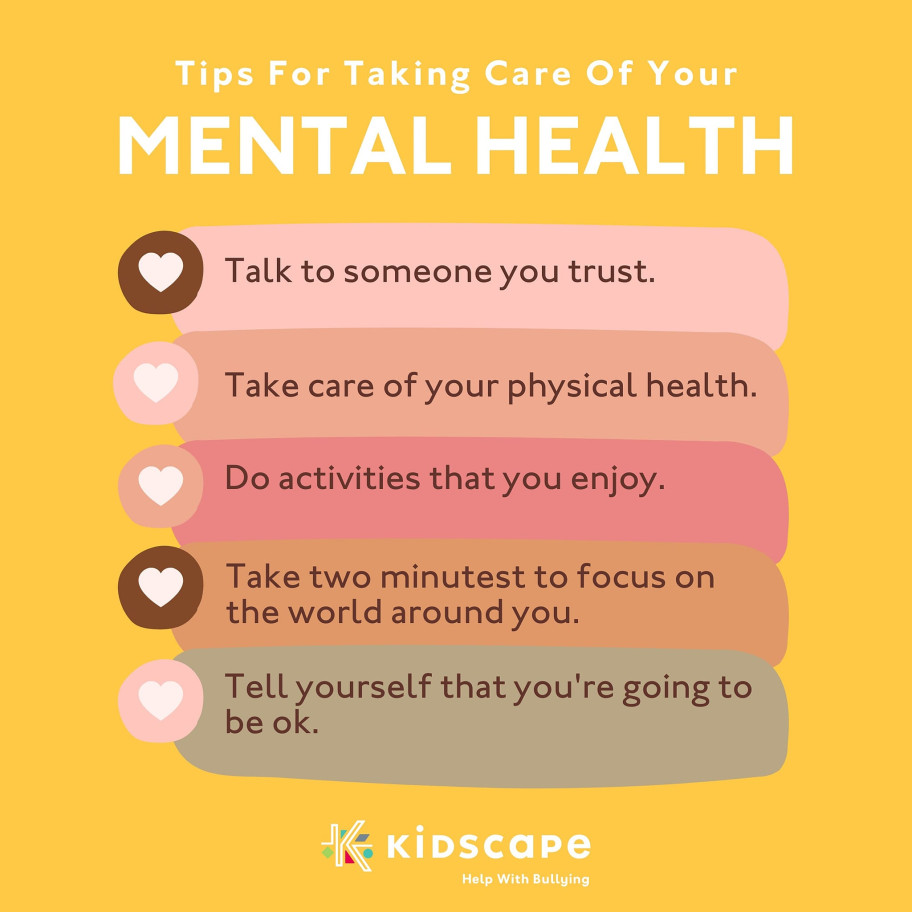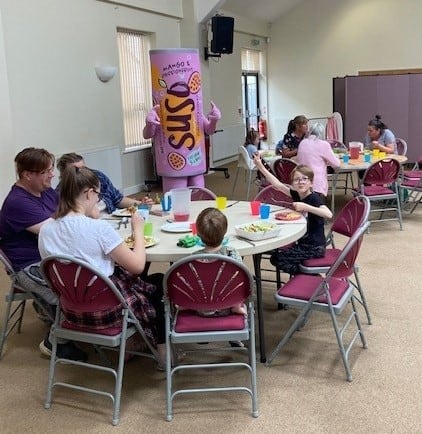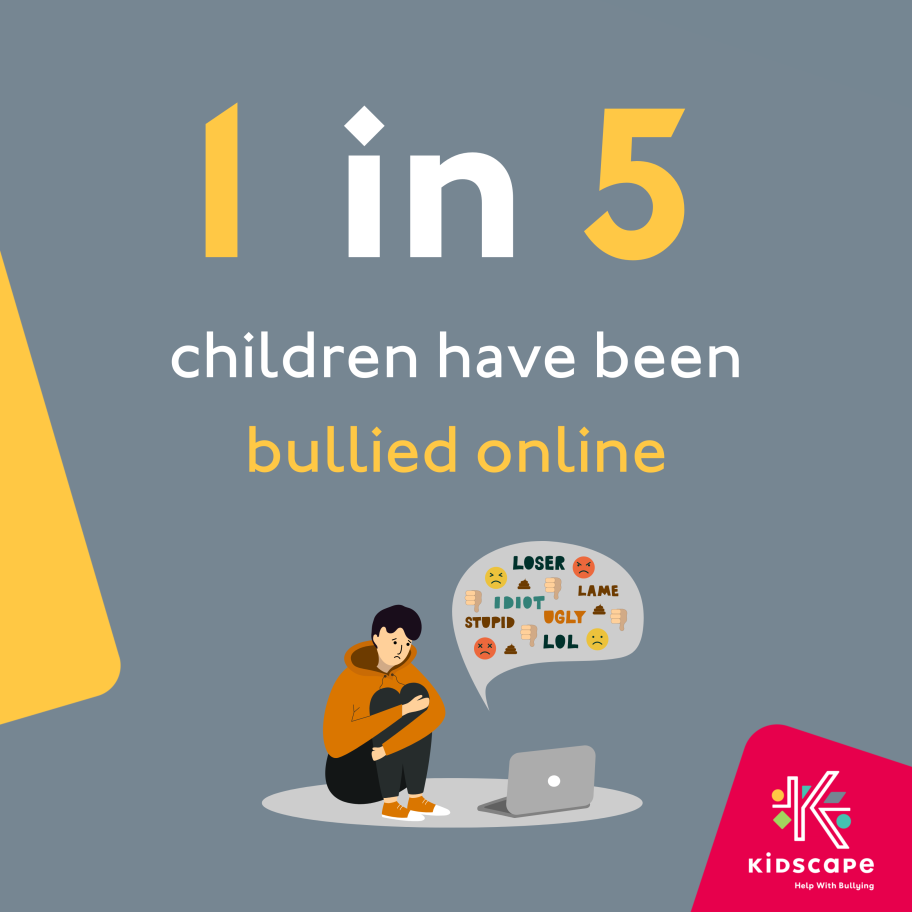Eco-Friendly Food: How School Caterers Can Make a Change
As more people focus on the effects of climate change, adapting our lifestyles to suit a more eco-conscious world is important and making sustainability a priority in every area is essential. This is also important in schools. Our school catering systems need to be able to adapt to this new eco-friendly approach. Catering staff are in a position to make a real change to their school by reducing waste and improving their impact on the environment. But how do catering staff achieve this? By looking at sustainable models and approaches, we can improve the impact our school kitchens have on the environment, providing a greener, cleaner school for all.
How do school kitchens impact the environment?
School kitchens, like any kitchen or food preparation, do have a large impact on the environment. Not only does the location of your sourced ingredients have an impact on your school’s carbon footprint, but also waste management, packaging, energy usage, transportation emissions and more. For some schools, 40% of energy usage goes towards food preparation and storage. Understanding how these small factors can build into a larger environmental concern is important to help you better your processes for a more sustainable future.
What challenges do school catering staff face?
When it comes to finding sustainable solutions, catering staff face a range of challenges. One challenge for catering staff is sourcing sustainable and eco-friendly ingredients that work for the meal plans and the students. Making sure you’re working with suppliers who understand the need for sustainable packaging and eco-friendly processes is crucial for achieving your own sustainability goals. Here at SUSO, we provide school caterers with great-tasking canned soft drinks in recyclable cans, which are a great alternative to single-use plastic drinks on the market. Read our FAQs to find out more about how we can help your school.
Another challenge catering staff might have is how to efficiently use all ingredients and how to minimise food waste. We can never fully determine what students will and won’t want to eat on any given day, meaning food waste can be a big issue for some caterers. The solutions often include a dedication to a sustainable cause and some innovative thinking. Partaking in schemes such as Too Good to Go means that you can ensure the leftovers aren’t contributing to your food waste while giving families a cheaper meal of food to take away.
How to reduce your carbon footprint by veganising your menu
An effective way of ensuring school kitchens are reducing their carbon footprint is by choosing recyclable packaging. But what is inside the packaging can be just as effective for improving your sustainability. Replacing traditionally meat-based meals with plant-based alternatives can help decrease the impact your school is having on the environment while also catering to a wider range of meat-free students and opening appetites to more plant-based meals.
It has been predicted that by adding more plant-based ingredients to the menu, you can help cut greenhouse gas emissions by 30% by 2030. This doesn’t require every meal to be meat-free, but as meat products tend to have higher emissions, incorporating more plant-based ingredients into meals can help. While this does help the environment, it also encourages children to pursue healthier choices and to try new ingredients that they might not have chosen before. This will allow them to experience new textures and flavours. So, for a healthier and greener kitchen, it is worth considering what vegan and vegetarian swaps you can make for your meals.
Sustainable equipment for school kitchens
We don’t just need to focus on the impact of the ingredients, their packaging, and suppliers, but also the equipment being used within your kitchen, which could be having a negative effect on the environment. Catering staff also need to consider using sustainable and eco-friendly utensils for a greener kitchen. Using sustainable equipment can help reduce overall energy consumption. Appliances such as low-energy ovens and dishwashers are a more energy-efficient choice than old, and perhaps worn down, appliances.
You can also focus on investing in sustainable utensils and cookware. This can include products made from eco-friendly materials, including bamboo. Even stainless steel can be a better choice than single-use plastics. Data has shown that over 80% of marine litter is made up of plastics which haven’t been recycled. So, if you’re planning to switch your plastics for more environmentally friendly products, make sure you’re disposing of your own equipment in the best way possible.
It only takes small changes to better the environment. Whether it is bringing students a more diverse range of menu choices or swapping that old plastic whisk for a metal one, having equipment which is durable and sustainable can make for a greener and healthier kitchen. When reducing your carbon footprint is your aim, make sure you’re working with suppliers with similar sustainability goals to get the most out of your products without increasing your carbon footprint. To keep up with our updates, or for more tips for a sustainable school, see our news section.
Sources:
1) https://energysparks.uk/activity_types/67
2) https://uk.sodexo.com/inspired-thinking/insights/sustainable-food-students.html
3) https://www.toogoodtogo.com/en-ie/blog/school-lunch-food-waste
4) https://environment.ec.europa.eu/topics/plastics/single-use-plastics/eu-restrictions-certain-single-use-plastics_en








